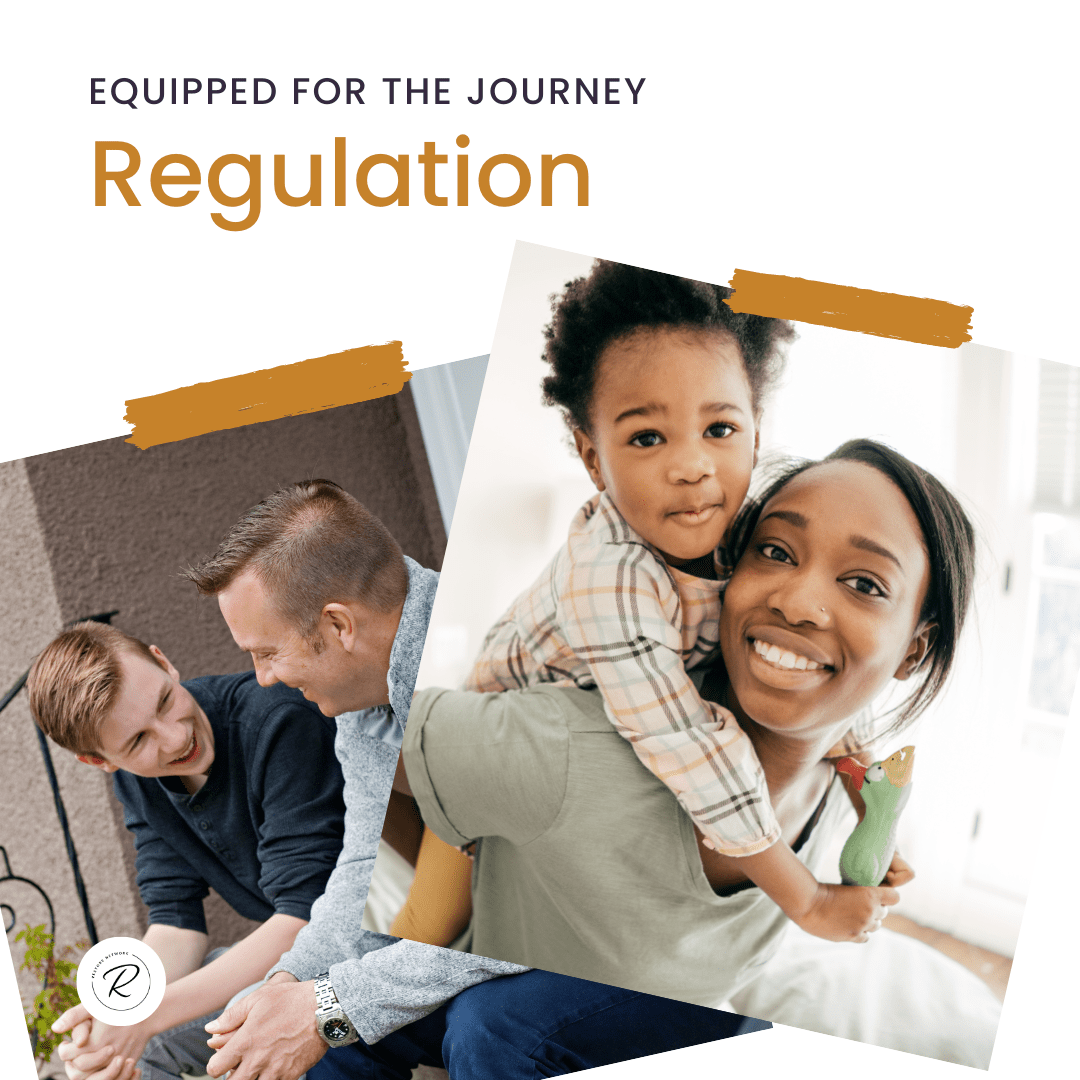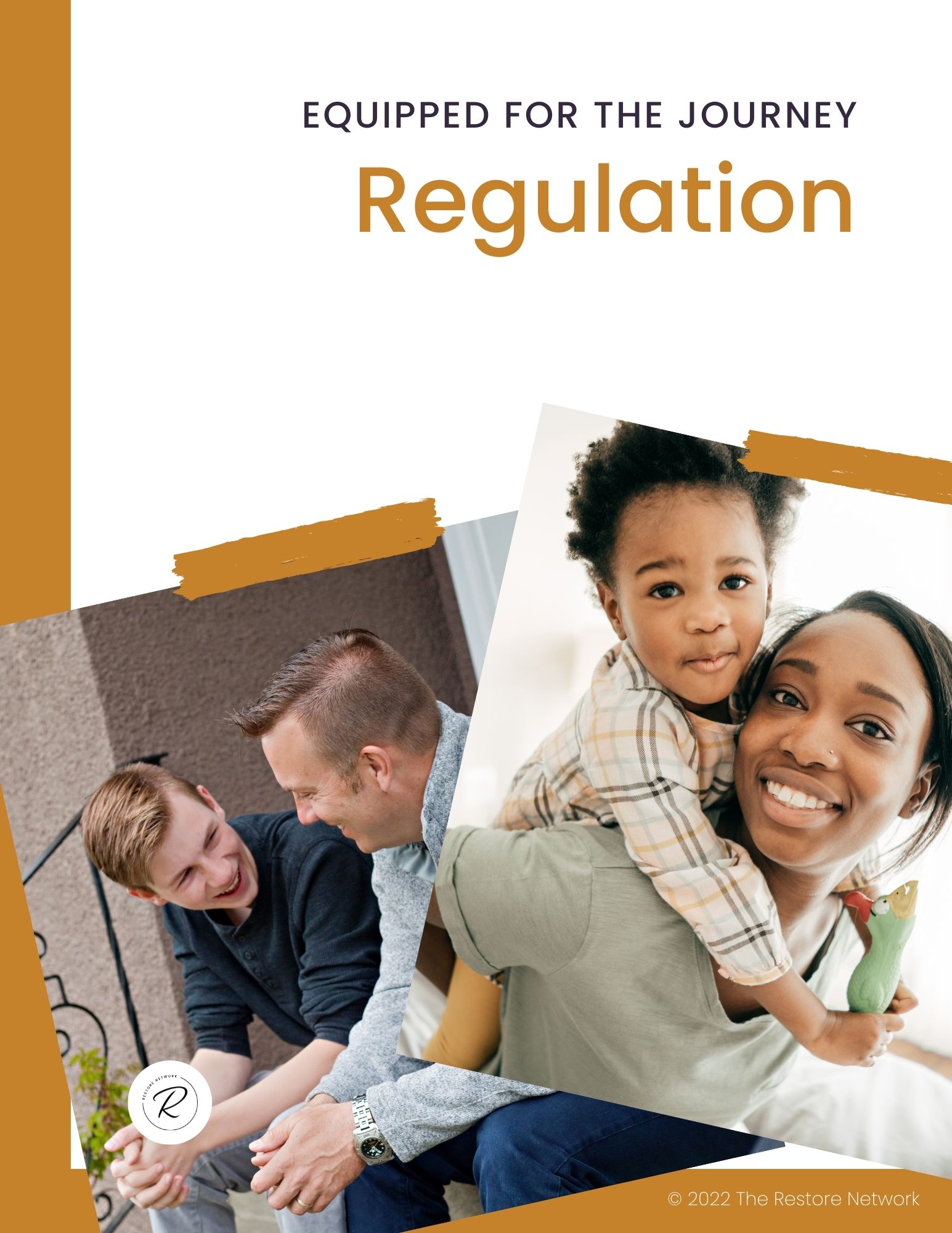by Ashley Bennett, Director of Trauma-Informed Care
When we welcome a child into our home through foster care, our primary job in those early days is to work on cultivating felt-safety in our homes. Meeting our child’s need for safety, both physical and emotional, will cut down on the symptoms–the strange and challenging behaviors that we sometimes experience with our children. But while a child is on their way to feeling safe and trusting you, there are going to be moments when fear gets the best of them and they flip their lids. Cue the meltdown, the aggression, the defiance, the control battle, and other protective behaviors.
Our goal in these moments is to keep our children safe and prevent any harm to others around them. But we have to remember what part of the brain is in control in those moments. It’s not the upstairs thinking brain-that’s gone offline in the moment. So logic, reasoning, cause and effect thinking, and lectures aren’t going to help. We need to talk to the downstairs brain, the part of the brain that controls fear responses and emotions. Once we speak to the downstairs brain and get it feeling safe and regulated again, we can engage the upstairs brain. This is the moment that becomes teachable, where we can remind our child a better way of handling the situation next time.
Regulating the downstairs brain might involve a food and water break, a movement activity, breathing exercises, offering a sensory tool, being held and offered physical touch as comfort, speaking with empathetic phrases, or simply getting down to your child’s level and sitting near without talking for awhile.
These responses meet a child’s physical and relational needs, calm the fear response, and help them to feel safe again. When a child feels safe and connected their brain is in an optimal mode for learning.
Check out our newest resource for help proactively keeping your child regulated and engaging them when their thinking brains go offline!

